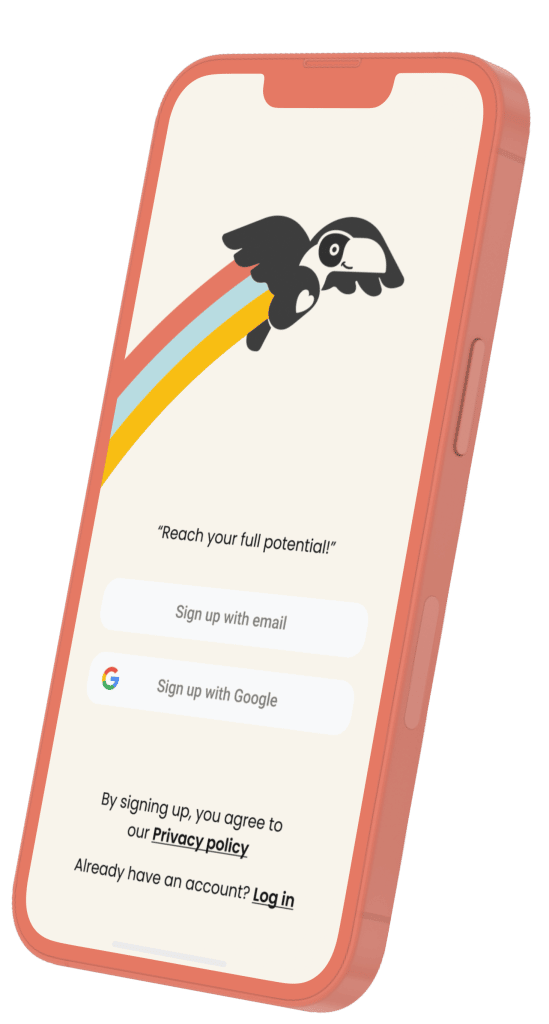In today’s globalized and digitalized world, fast and efficient communication is essential. However, language barriers can often slow down communication and hinder the exchange of ideas and information between people from different countries and cultures. Fortunately, advances in artificial intelligence (AI) have led to the development of powerful tools for natural language processing (NLP), which are helping to overcome these language barriers and enable faster and more efficient communication.
What is NLP?
Natural Language Processing (NLP) is a subfield of AI that focuses on enabling computers to understand and process human language. It involves the use of algorithms and machine learning techniques to analyze and extract meaning from human language in all its forms, including written text, spoken language, and even sign language.
NLP is a complex and multi-disciplinary field that involves the integration of several different components. Some of these components include text classification, sentiment analysis, language translation, and speech recognition. Together, these components enable NLP systems to understand and process human language in all its complexity.
How NLP solves the problem of language barriers
One of the most significant challenges facing global communication today is language barriers. People from different countries and cultures often speak different languages, which can make it difficult to communicate effectively. Fortunately, NLP tools are helping to solve this problem by enabling real-time language translation.
With NLP, computers can analyze and understand human language and translate it into different languages in real time. This makes it possible for people who speak different languages to communicate with each other quickly and easily.
Whether in business, education, or social settings, NLP tools are making it possible for people from different cultures and backgrounds to connect and exchange ideas.
One of the key advantages of NLP is that it enables communication to happen in real time. This is especially important in situations where fast and efficient communication is essential, such as in business negotiations or emergency situations.
Examples of NLP AI tools
There are several examples of NLP AI tools that are helping to break down language barriers and enable faster communication across different languages and cultures. Here are four examples:
Google Translate
Google Translate is one of the most popular NLP AI tools, with over 500 million monthly active users. It uses machine learning algorithms to translate written text between over 100 different languages in an instant. This language application also includes voice recognition technology, which allows users to speak into their devices and have their words translated into another language.
One of the key advantages of Google Translate is its accuracy. Google has invested heavily in machine learning technology, which enables the system to improve its accuracy over time as it processes more data. This makes Google Translate one of the most reliable and accurate NLP tools available today.
Amazon Translate
Amazon Translate is another popular NLP AI tool that enables prompt language translation. It uses neural machine translation technology to translate text from about 75 different languages, including support for different dialects and regional variations.
One of the key advantages of Amazon Translate is its scalability. The tool is designed to handle large volumes of data, which makes it ideal for businesses and organizations that need to translate large amounts of text quickly and efficiently.
IBM Watson Language Translator
IBM Watson Language Translator is a cloud-based NLP AI tool that uses machine learning algorithms to translate over 75 different languages. It also includes advanced language analysis features, such as sentiment analysis and entity recognition, which make it a powerful tool for data analysis and decision-making.
One of the key advantages of IBM Watson Language Translator is its customization options. Users can customize the tool to suit their specific needs and preferences, such as by selecting the specific languages they want to translate and defining their own terminology and language models.
Microsoft Translator
Microsoft Translator is an NLP AI tool that enables real-time language translation for written text, voice, and even images. It supports over 100 different languages and includes features such as text-to-speech and speech-to-text translation.
One of the key advantages of Microsoft Translator is its integration with other Microsoft tools and services, such as Skype and Office. This makes it easy for users to translate conversations and documents seamlessly within the Microsoft ecosystem.
Benefits and Limitations of NLP AI Tools
While NLP AI tools have many benefits, they also have some limitations. For example, they may struggle with certain languages or dialects that are less commonly used. They may also struggle with languages that have complex grammar or syntax, making it difficult to translate certain types of text accurately.
Another limitation of NLP AI tools is that they may not always capture the nuances of human language, such as sarcasm, humor, or tone. This can lead to misunderstandings or misinterpretations of text.
However, despite these limitations, NLP AI tools have many benefits that make them valuable tools for breaking down language barriers and enabling faster communication.
In addition, NLP AI tools can save time and money by enabling people to communicate more efficiently and effectively. This can lead to increased productivity and better outcomes in a wide range of settings.
Conclusion
NLP AI tools have the potential to revolutionize communication by breaking down language barriers and enabling faster and more efficient communication. By leveraging the power of machine learning and algorithms, these tools can translate languages in real time and help people from different cultures and backgrounds to connect and exchange ideas.
While NLP AI tools have some limitations, they have many benefits that make them valuable tools for communication in today’s globalized and digitalized world. As technology continues to advance, it’s likely that we will see even more powerful NLP AI tools emerge, enabling faster and more accurate communication across different languages and cultures.


